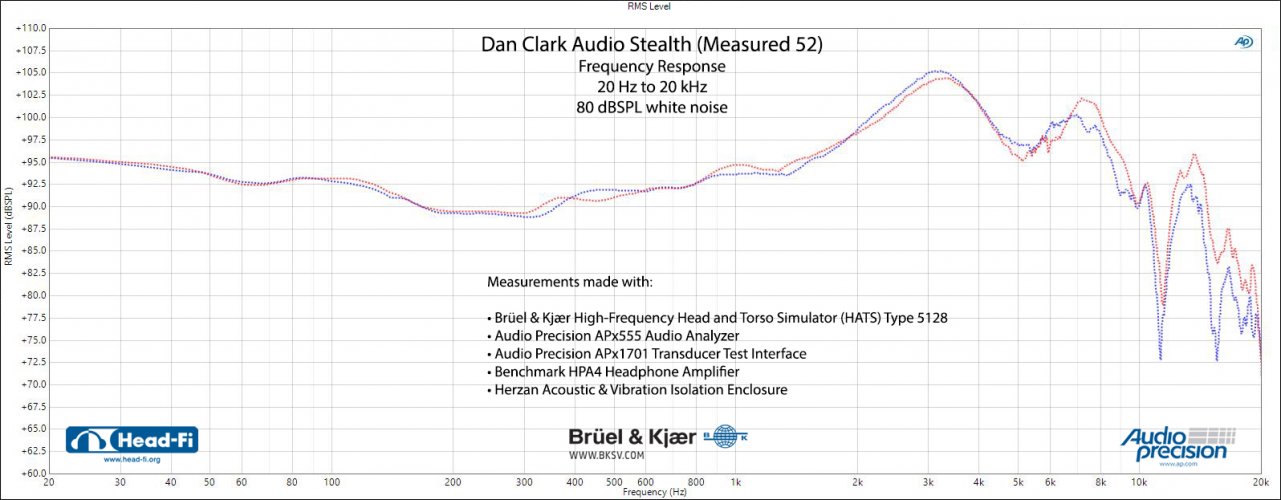pila405
500+ Head-Fier
- Joined
- Aug 19, 2008
- Posts
- 911
- Likes
- 41
True that many manufacturers do a half-assed job and don't provide enough information about the system they sell. But some do:Most spec sheets list a single figure for THD. I was under the impression that this figure represents distortion at 1kHz, which sits at the most sensitive spot of human hearing. THD can be expressed either as a percentage or an amount of attenuation in dB. 1% THD is -40dB, .5% is -46dB and .1 is -60dB. That rating is established with test tones, but distortion in test tones is not really reflective of the real world impact of distortion on music. In the experiment by Ethan Winer (see the link in my sig file) he takes a horrible buzzing sound- the absolute worst thing you could mix with music- and drops it a bit at a time under the music until it is inaudible. By the time it gets to -40dB, there is no way it can be heard except in the total silence between tracks, which would be totally silent if the buzzing sound was distortion and not noise.
Audiophiles often overstate the importance of distortion when it's a number on a page, yet they can't hear it in practice. I see numbers like .1% being thrown around in audiophile circles as being the minimum acceptable THD, while they wax rhapsodic over the sound of LP records that have distortion levels of as much as 3-4% (-30dB) at the inner groove. The truth is, with digital audio and solid state electronics, distortion isn't really an issue. Even cheap electronics has distortion levels far below audibility. And that's true for just about all specs... response, timing, crosstalk, etc. Distortion isn't much of an issue with most headphones either. It is relatively simple to minimize distortion with the small drivers in headphones. Are there any headphones with THD over 1%? I don't think I've ever run across any. Response is MUCH more important there. Distortion might be more of an issue with speakers, but again, that is dwarfed by the importance of a balanced response.
I might be wrong, but it seems that an awful lot of discussion in audiophile circles is about theoretical things that really don't matter a heck of a lot when someone sits down to listen to Mozart in their living room.
https://www.tpdz.net/productinfo/645180.html
https://drop.com/buy/drop-thx-aaa-789-linear-amplifier/details#details (here the THD section is indeed @1kHz, but at least they specify it)
When you look at a system you don't want it to perform just well enough so you won't be able to hear all the noise and distortion in best-case scenarios, but also know that even at worst case, it will still be completely transparent. And with the technology available today, no manufacture has a good argument as to why they shouldn't be able to achieve it and provide the customer with a complete set of specifications.
And again, once the gear is transparent, I don't understand why reviewers feel obliged to indicate these imagined differences. (And to call ESS ISPs\DACs "scratchy" and other non-sense)






















